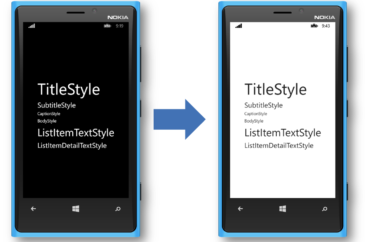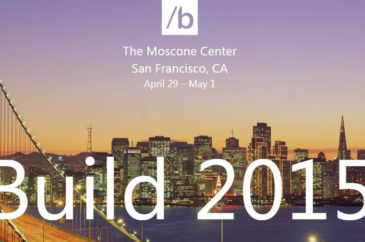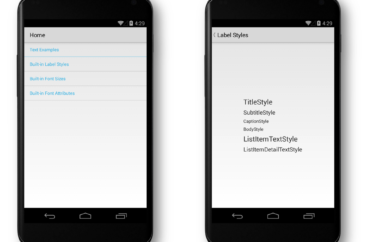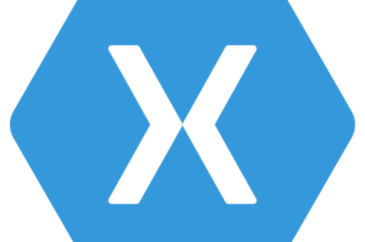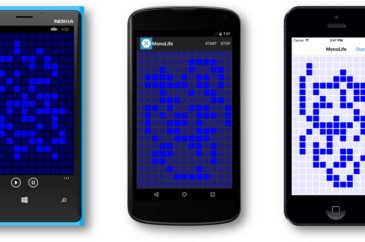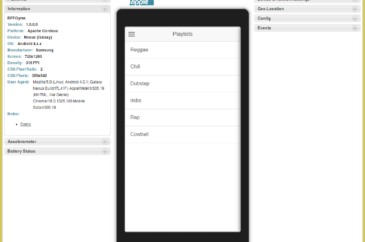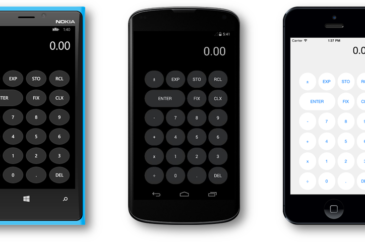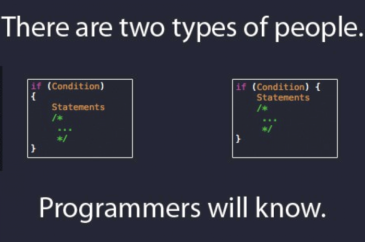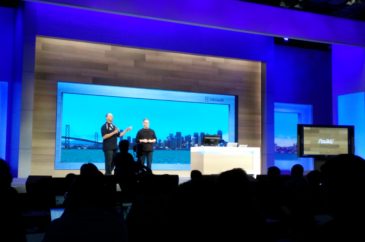
Microsoft Details Bridges to Windows Universal Apps
The rather lackluster Day 2 keynote from Build 2015 was short on big announcements as they looked to drive home the message of the power of the Windows Universal Platform including a few more details on the bridges they are building for Web, Android, and iOS developers to move their apps to Windows. Day 2…
